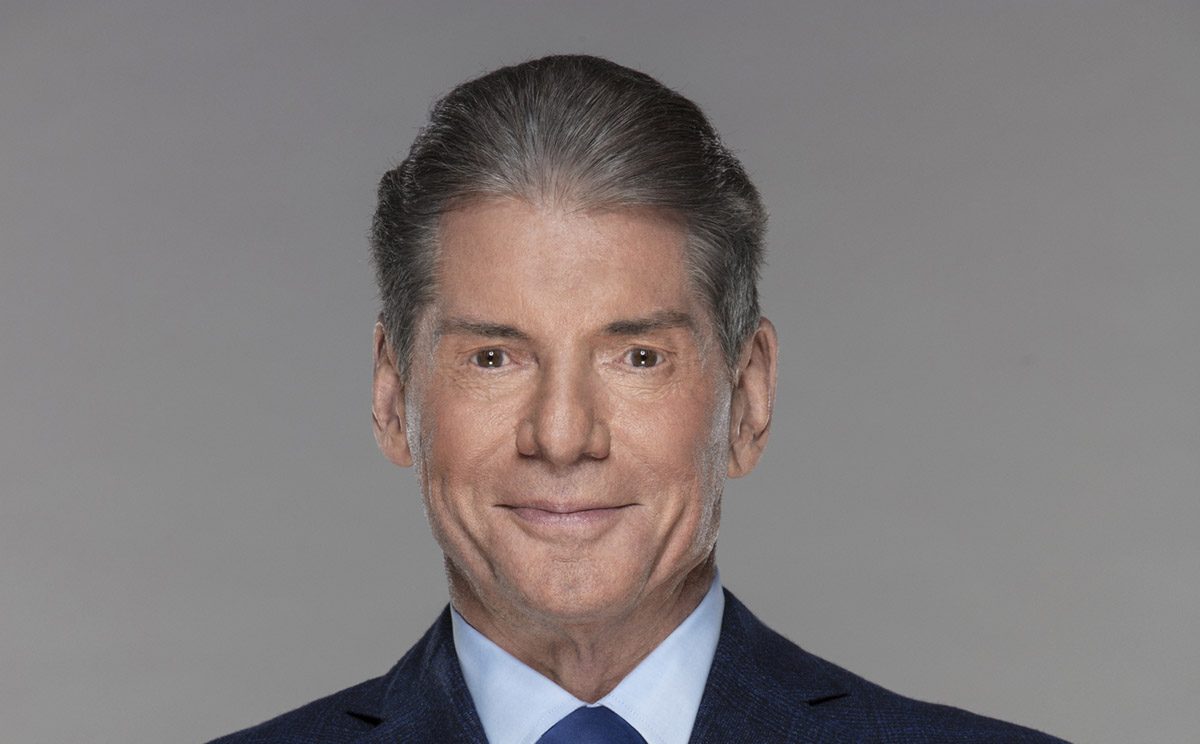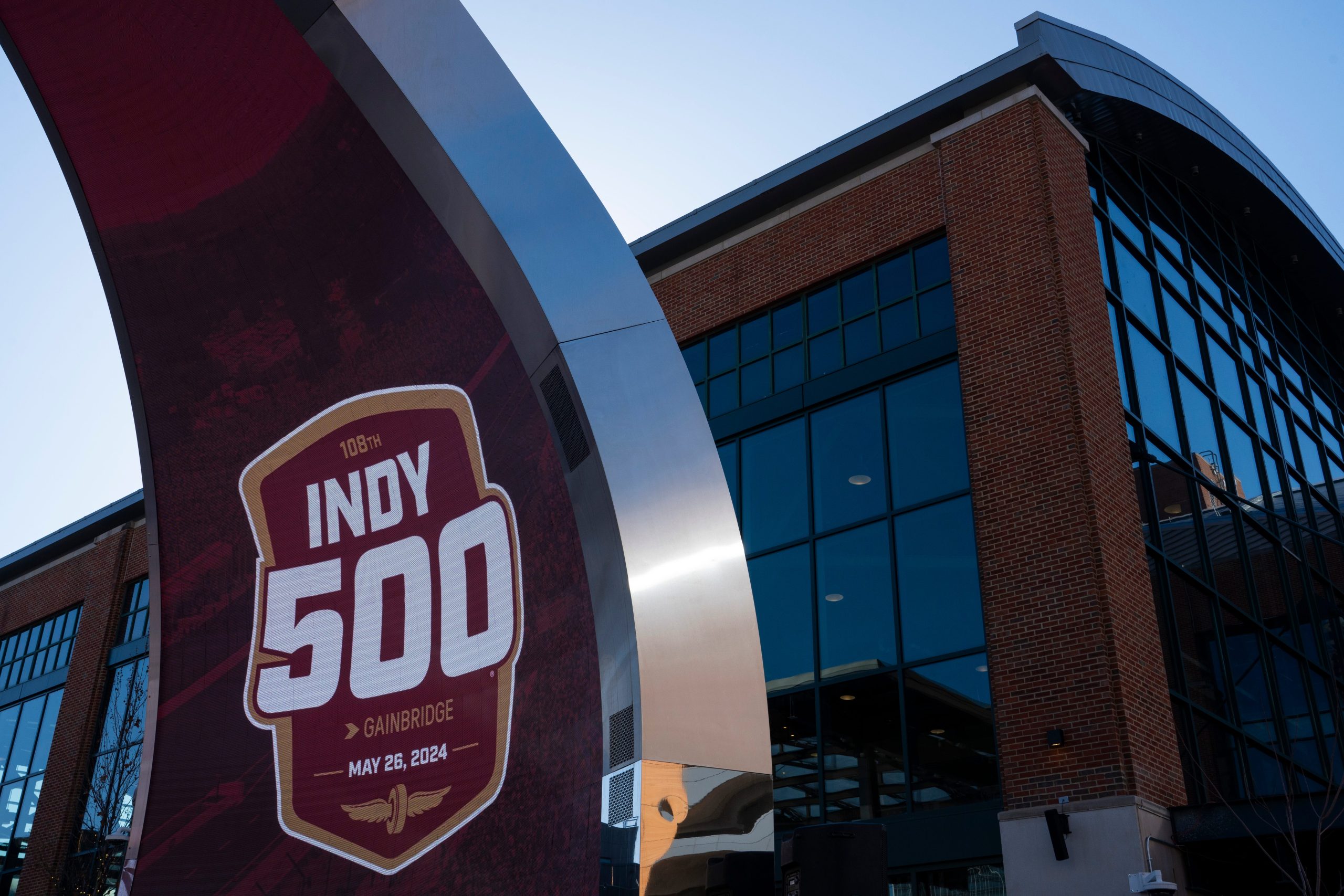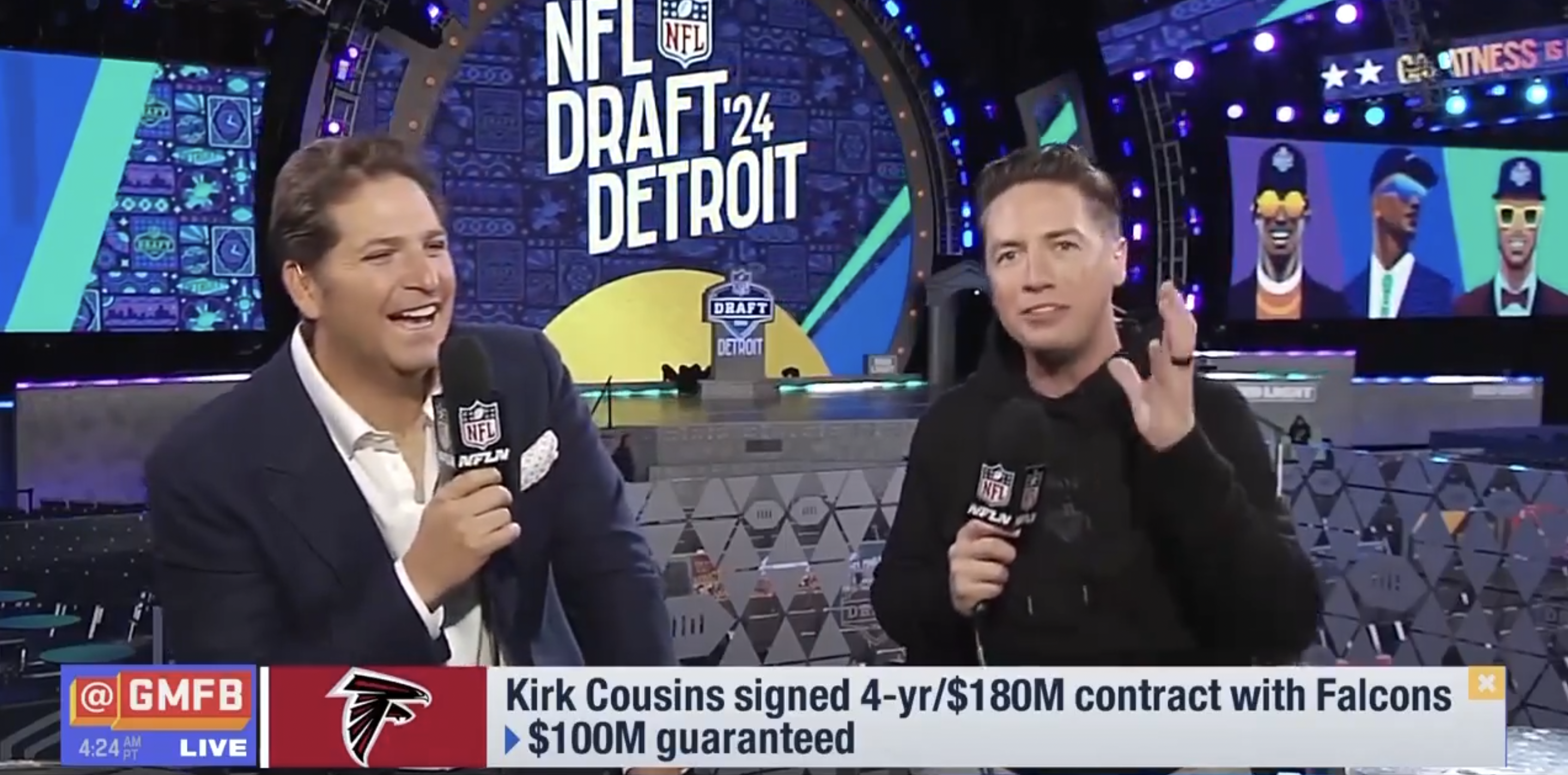Much of the discussion about potential NCAA realignment has been about what could happen next decade thanks to three of the five power conferences having media rights contracts that expire between 2023 and 2025 (with the SEC’s Tier 1 rights also coming into play during that window), but the rights deals for the Group of Five conferences that make up the rest of the FBS division (along with the independent schools) are also interesting to consider. Several of those conferences have media deals that expire earlier than the Power Five ones, including the Mountain West and the American Athletic Conference (both expiring after 2019-20).
In the Mountain West’s case, there’s lots of discussion about possibly taking less money to go with a streaming emphasis and earlier kickoff times than TV tends to want, but in the American’s case, the key debate at the moment appears to be trying to get schools (most importantly, UCF) to commit to the conference for the duration of whatever deal they sign. Here’s more on that from Michael Smith and John Ourand of Sports Business Journal:
The American Athletic Conference’s schools are considering a long-term commitment that will keep the AAC intact and make its media package more attractive.
The conference is asking schools to sign a grant-of-rights agreement that theoretically would lock them into the conference for the duration of the next media rights deal.
The AAC’s current seven-year, $126 million package with ESPN expires in 2020. A new deal could be three to four times higher, but only if the top AAC schools commit to stay in the conference, sources said.
That could lead to challenging decisions for UCF and perhaps other top American schools like Memphis, Cincinnati, Houston, and South Florida, all mentioned in that piece as the likeliest targets for Power 5 expansion if that did happen. On one hand, signing the grant-of-rights would effectively kill talk of those schools moving to a different conference, and as UCF is all too familiar with at this point, even undefeated seasons in a Group of Five conference aren’t likely to get you into the College Football Playoff in its current format. (A playoff expanded to eight teams would be a different question, but even some Power Five commissioners left out by the current system aren’t really lobbying for that right now.) And beyond playoff access, the Power 5 conferences also seemingly offer more long-term stability and higher per-school media distributions. Getting into a Power 5 conference could be great for any of these schools, and it’s quite possible to see them declining this grant-of-rights move to try and keep that option alive.
However, an important question is if there really is much hope for these schools of getting into a Power 5 conference, and if they might be better off committing to their current situation. (Especially as the SBJ piece notes that the negotiations have explored the idea of certain schools like UCF getting more than others in the conference if they do commit to staying.) Conference realignment overall doesn’t seem all that likely at the moment, and both boosting the AAC media revenue dramatically and locking down a higher share of it might have its own appeal; there’s always an argument for reigning in hell instead of serving in heaven, and if UCF did commit to sticking around, they could perhaps not only negotiate a good deal for themselves, but also help keep the AAC at or near the top of the Group of Five pecking order.
Does paying a school like UCF or Houston more than others make sense for the conference? SBJ’s piece notes that the AAC’s media rights money is currently split evenly, and that “Having certain schools receive more conference revenue than others would be a marked difference than virtually every other conference,” but the “virtually” is key there. There’s one obvious example where that isn’t the case, and it’s an example that has a lot of similarities to the AAC and UCF at the moment.
That would be the Mountain West, where Boise State currently gets about $2.9 million annually in media distributions and the other schools get about $1.1 million. The Broncos were often floated in conference expansion talks, but didn’t get too many serious looks, and eventually decided they were fine staying if they got paid more. And the conference decided it was worth its while to pay Boise more, and it probably has been, considering the heightened TV interest in them relative to many of the other Mountain West schools. That could all change too, though, with the Mountain West TV deals expiring after 2019-20 as well. That conference will have to make its own decision on if it’s worth continuing to pay Boise more, and the Broncos will have to decide if they want to stick with the Mountain West or keep their expansion target possibilities open.
The latest
- Could NFL see next Saudi sportswashing controversy?
- ESPN and NBA have reportedly ‘essentially come to terms’ on deal that would keep Finals on ABC
- G/O Media sells The Onion to ‘Global Tetrahedron,’ ex-NBC reporter Ben Collins to serve as CEO
- Eli Gold on Alabama exit: ‘You can’t argue with city hall.’
The other challenge may be the timing here. If there is Power Five conference realignment, it seems most likely to come early next decade ahead of those media deal negotiations. And the success or failure of several conference networks (the Pac-12 Networks, the Longhorn Network and the upcoming ACC Network) at that point seems likely to play a role there; struggles at some of those networks could add to realignment incentives. But the AAC (and the Mountain West) have their contracts coming up well before the Power Five conferences, so those schools might be making decisions based on a situation that could change dramatically in the coming years.
So, there are a few possible options for the likes of UCF. One is to commit to the AAC for the long term, boosting its revenues and perhaps getting a larger slice of them, but writing off the dream of making it to the Power Five. Another is to sign a long-term AAC deal, but one without that grant of rights and at a lower dollar figure; that gives the conference some stability, but also gives the top school an out if someone else comes calling. And a third is to push for the AAC to only sign a short-term TV contract and then reassess once the Power Five moves become more apparent; that could leave money on the table versus a long-term deal, but it could also keep options open. We’ll see which way they go.







